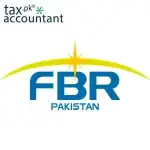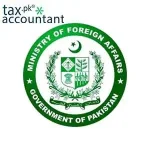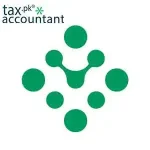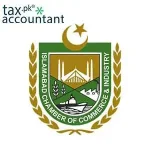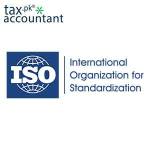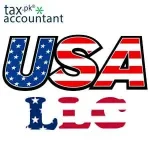Any business owner may find it unsettling to receive a tax notification from the Federal Board of Revenue FBR (https://fbr.gov.pk/). In particular, it can appear very complicated and daunting to receive a notification issued under Section 11(1) read with Sections 26 and 33(1) of the Sales Tax Act, 1990.
It’s crucial to comprehend the meaning of this warning and how to properly respond to it before you begin to panic.
Breaking Down the Notice: What Are the Significance of These Sections?
You must comprehend the legal context of the notification in order to reply appropriately:
- Tax Assessment: Section 11(1): This is the notice’s main point. The FBR is authorised by Section 11(1) of the Sales Tax Act, 1990, to determine or recalculate your sales tax liability. The purpose of this letter is to formally inform you that the tax authorities have grounds to suspect that you have either underpaid taxes or have been making false refund claims. Since it’s a “show cause” notice, you must provide evidence to support your tax returns.
- Returns: Section 26: The filing of sales tax returns is covered in this section. A breach of this provision, such as failing to file a return, filing a return after the deadline, or filing a return with inaccurate information, is frequently the subject of the notice. This notification implies that the FBR believes you have not filed a correct and full return on time each month, which is your responsibility as a registered person.
- Section 33(1): Penalties and Offences: The penalty clause is this. The penalty for different sales tax offences are described in Section 33(1). This section of the notice is used by the FBR to notify you that you are subject to a penalty for the suspected offence in addition to the short-paid tax and default surcharge. The specific offence from the table under Section 33 that you are alleged to have committed will probably be listed in the notice.
To put it simply, the notification informs you: “We think you have broken Section 26 of the sales tax return filing requirements, which has led to a partial or nonexistent tax payment. We plan to apply a penalty for this offence (Section 33) and are currently reevaluating your tax liability (Section 11). You have an opportunity to reply and share your perspective.
Your Comprehensive Guide to Handling the Notice
This notice calls for a composed, methodical approach. Here is a guide on handling it:
- Avoid Ignoring It: The most important step is this one. Ignoring an FBR notice will simply make the problem worse; it won’t go away. If you don’t reply, the FBR may issue an ex-parte order, which could result in a greater tax demand and penalty because the FBR takes a decision without consulting you.
- Carefully read the notice: Go over the notice in its entirety. Recognise the tax periods covered, the particular accusations, and the amount of the requested tax, default surcharge, and penalties. Verify that the legal provisions presented are pertinent to the accusations.
- Compile all pertinent documents: This comprises your bank statements, sales and purchase invoices, sales tax returns for the designated time periods, and any other pertinent financial documents. The objective is to present verifiable evidence in order to create a strong defence.
The fourth step is to prepare a detailed response, in which you address each of the accusations individually. Your answer should be a documented and well-reasoned defence of your stance.
Address the Allegations in Section 26: Give evidence of filing if the FBR says you didn’t file a return. Provide supporting documentation and an explanation of your calculations if they allege a misdeclaration.
Explain Your Tax stance: Give a detailed explanation of your input and output taxes for the pertinent time periods, supporting the accuracy of your claimed tax burden.
Deal with the Penalty: You should handle the penalty under Section 33(1) as well as the tax demand. A reduced or waived penalty could result from your argument that the short payment was an unintentional mistake rather than a wilful or intentional act of avoidance.
- Seek Expert Assistance: A thoughtfully prepared answer is essential because this kind of warning might be complicated. Speaking with a tax advisor or a lawyer who focuses on sales tax issues is strongly advised. They can assist you in comprehending the subtleties of the law, drafting a response that complies with the law, and defending you before the tax authorities.
- Participate in the Hearing: A hearing date will probably be included in the notification. Make sure to bring all of your supporting documentation and your professional advisor. This is your chance to address the adjudicating officer directly, explain your position, and clear up any confusion.
The Profit
Although it is a severe problem, a notice under Section 11(1) read with Sections 26 and 33(1) of the Sales Tax Act, 1990, is not a final decision. You have a chance to present your case with this show-cause notice. You may successfully handle this scenario and shield your company from needless financial and legal repercussions by acting quickly, assembling your facts, and getting expert advice.

